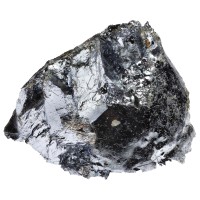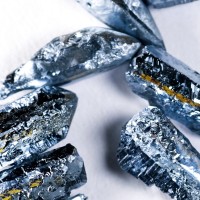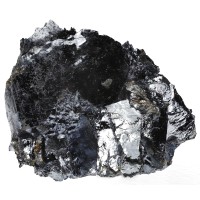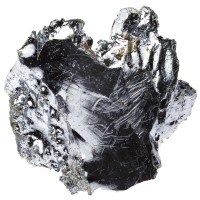Osmium




Chemical and physical properties of osmium:
Symbol:
Os
Crystal system:
hexagonal
Category:
metal
Color:
silvery
Transparency:
none
Mohs scale hardeness:
7,0
Specific gravity:
22,59 g/cm³
Melting point:
3033 °C
An extremely brittle, unmachinable metal. It is used as a catalyst and as a carbide tool in combination with other platinum metals. It is used to make fountain pen tips, instrument bearings, electrical contacts, etc. It is a silvery white brittle metal. Its corrosion resistance is many times that of platinum. It’s rigidity makes it difficult to machine mechanically and it is only used as an alloy. A very rare element. It is used to make aerospace components, dental alloys, catalysts and instruments. Together with platinum, it forms an alloy that is wear-resistant and highly resistant to chemical attack. It improves the hardness and electrical conductivity of platinum. It is widely used in laser technology and radioactive testing.





